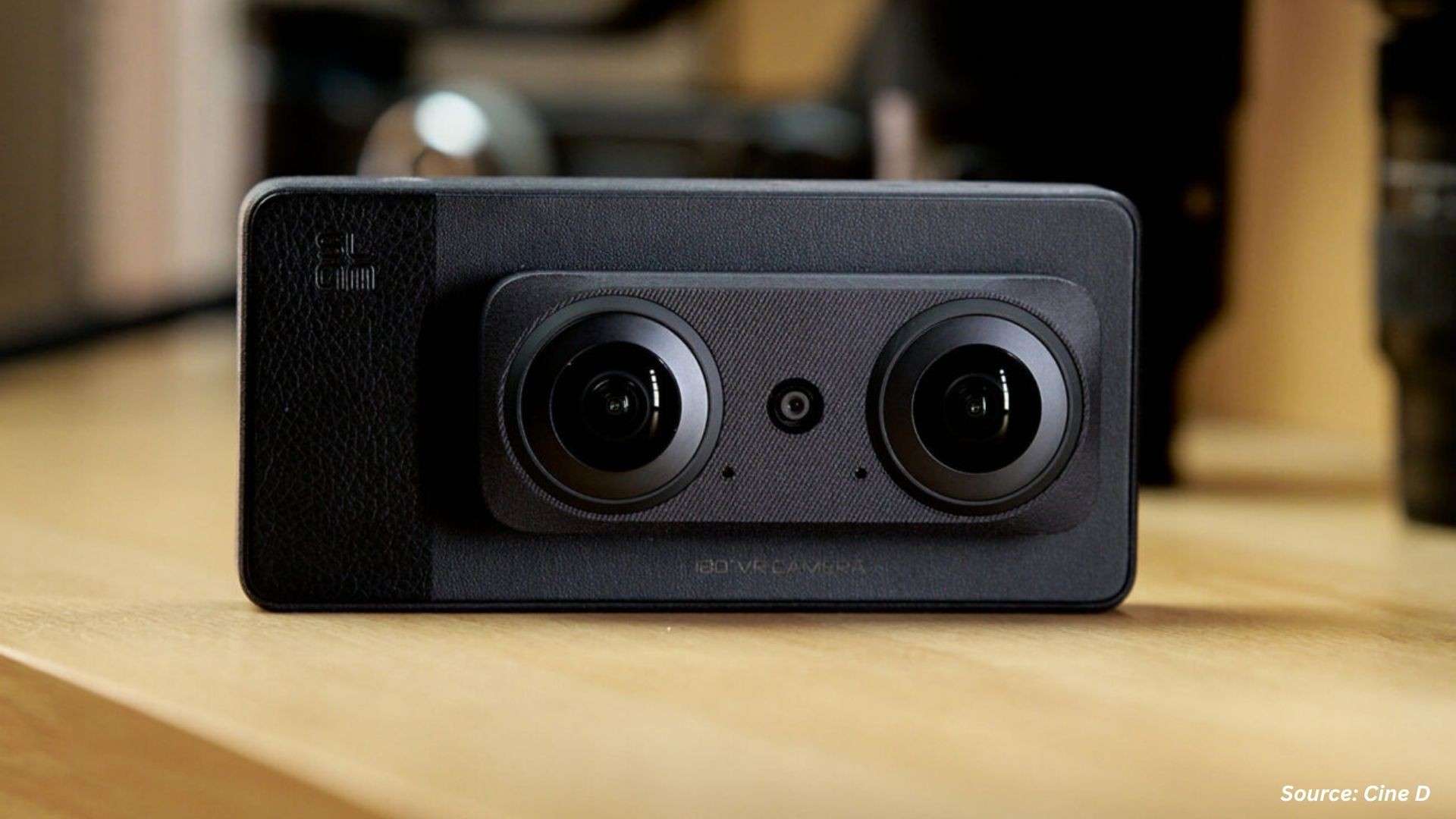
Micro-LED Display Market by Product (Large scale Display, Small & Medium-sized Display, and Micro Display), by Application (Smartphone & Tablet, PC & Laptop, TV, Smartwatch, and Others), by Industry Vertical (Consumer Electronics, Entertainment & Sports, Automotive, Retail, Government & Defense, and Others) – Global Opportunity Analysis and Industry Forecast 2023-2030
Market Definition
The global Micro-LED Displays Market size was valued at 0.58 billion in 2022 and is predicted to reach 99.33 billion by 2030 with a CAGR of 88.0% from 2023-2030. Micro LED display refers to a display technology that utilizes an array of microscopic light-emitting diodes (LEDs) as individual pixels to produce high-resolution and high-quality images. It is a next-generation display technology that offers numerous advantages, including superior brightness, color accuracy, contrast ratio, and energy efficiency.
Micro LED displays are composed of millions of tiny LED chips that emit light independently, allowing for precise control over each pixel's brightness and color. This technology eliminates the need for a backlight, resulting in deeper blacks and enhanced color reproduction. Micro LED displays are used in various applications such as televisions, smartphones, smartwatches, virtual reality headsets, and digital signage, offering a visually stunning and immersive viewing experience. With their potential for high pixel density, self-emissive properties, and wide color gamut, micro-LED displays are poised to revolutionize the display industry and pave the way for innovative and visually captivating devices.
Market Dynamics and Trends
The demand for micro-LED display is increasing due to the growing adoption of high-resolution and high-brightness displays, as consumers look for better viewing experiences and more immersive content. Micro LED displays are capable of delivering these high-resolution and high-brightness characteristics, which makes them an attractive option for many manufacturers.
Also, the growing usage of micro-LED displays in smartphones, tablets, televisions, smartwatches, Pcs, laptops, and others are boosting the growth of the micro-LED display market. Micro LEDs are used to produce self-emitting displays without a backlight panel as each individual pixel in a micro-LED display contains its own tiny LED, which allows for better contrast, wider viewing angles, and faster refresh rates.
Moreover, micro-LED displays are ideal for augmented reality/virtual reality (AR/VR) applications due to their low latency and high brightness and the increasing demand for AR/VR applications are further accelerating the growth of micro-LED display market.
However, the high cost associated with micro-LED displays are major factors that may restrain the micro-LED display market growth. Micro LED displays are made up of millions of tiny LEDs, and the process of manufacturing and assembling these small components is complex and costly. On the other hand, researchers are exploring the use of flexible substrate materials for micro-LED displays, which would enable the production of flexible and bendable displays which is expected to create ample growth opportunities for the market in the future.
Market Segmentation and Scope of Study
The global micro-LED displays market report is segmented on the basis of product, application, industry vertical and region. Based on product, the market is classified into large scale display, small and medium-sized display, and micro display. Based on the application, the market is segmented smartphone and tablet, pc and laptop, tv, smartwatch, and others. On the basis of industry vertical, the market is categorized into consumer electronics, entertainment and sports, automotive, retail, government and defense, and others. Geographical breakdown and analysis of each of the aforesaid classifications include regions comprising of North America, Europe, Asia-Pacific, and RoW.
Geographical Analysis
Asia-Pacific dominates the global micro-LED display market and is potently expected to remain dominant in the market throughout the forecast period. This is attributed to the rising demand for advanced display technologies in the consumer electronics sector, such as smartphones, tablets, and notebooks, which is fueling the market growth in the region. Micro-LED displays are innovative display panels that utilize microscopic light-emitting diodes to produce vibrant and high-resolution images. These displays offer several advantages over traditional display technologies, including improved brightness, contrast, and energy efficiency.
Also, the increasing adoption of micro-LED displays in automotive displays and other applications, such as industrial and medical displays is also expected to propel the market in the Asia Pacific. Moreover, the presence of several manufacturers in the region, such as Samsung electronics, Sony Group Corp., and LG Electronics Inc. is further boosting the growth of the micro-LED display market. For instance, in January 2021, Sony launched modular micro-LED displays with 'Crystal LED' technology which offers up to 1800 nits’ brightness and 1,000,000:1 contrast. This innovation from Sony showcases the advancements in microLED technology and its potential to revolutionize the display industry.
On the other hand, North America shows substantial growth in the wearable device such as smart watch, fitness bands, and others. The growing use of micro-LED displays in smart devices and wearables such as smartwatches and fitness trackers are further boosting the growth of the market in North America. Also, technological advancements by the regional market players such as miniaturization and improved packaging techniques have enabled the production of Micro LED displays that are smaller, lighter, and more reliable. For instance, in February 2022, Nanosys collaborated with SmartKem to develop low cost flexible microLED and nanoLED. The collaboration aims to develop a new class of low power, robust, flexible, lightweight displays by using SmartKem’s high performance organic semiconductor formulations with TFT interlayer materials.
Competitive Landscape
The micro-LED displays industry includes several market players such as Apple Inc., Samsung Electronics Co. Ltd., Sony Group Corp., Aledia, eLux Inc., Nanosys Inc., LG Electronics Inc., PlayNitride Inc. Rohinni Inc, and Jade Bird Display. These market players are adopting various strategies such as innovation and collaboration to maintain their dominance in the global micro-LED display market. For instance, in November 2022, PlayNitride Inc. collaborated with Epistart to build a production line for 6-inch micro-LED epi-wafers. This latest product development will likely create new high-end applications for Micro LED. This collaboration signifies a significant step towards commercializing Micro LED technology and its potential applications in various industries such as consumer electronics and automotive.
Also, in September 2022, Samsung Electronics launched its next-generation micro-LED displays in Southeast Asia and Oceania, redefining hybrid interactions. The advanced micro-LED technology offers high-resolution and vibrant visuals, enhancing the viewing experience. This product launch demonstrates Samsung's commitment to innovation in the micro-LED display market.
Moreover, in September 2020, LG launched micro-LED display 'LG MAGNIT' targeting the commercial market. LG implemented their Black Coating technology to the front of the displays to improve contrast and color accuracy while helping to protect the tiny LED pixels as well as minimize reflections.
Key Benefits
-
The report provides quantitative analysis and estimations of the micro-LED display market from 2023 to 2030, which assists in identifying the prevailing market opportunities.
-
The study comprises a deep dive analysis of the micro-LED display market including the current and future trends to depict prevalent investment pockets in the market.
-
Information related to key drivers, restraints, and opportunities and their impact on the global market is provided in the report.
-
Competitive analysis of the players, along with their market share is provided in the report.
-
SWOT analysis and Porters Five Forces model is elaborated in the study.
-
Value chain analysis in the market study provides a clear picture of roles of stakeholders.
Micro-LED Displays Market Key Segments
By Product
-
Large-scale Display
-
Small & Medium-sized Display
-
Micro Display
By Application
-
Motor
-
Fuel Stack
-
Battery Management System
-
Battery Cells & Packs
-
Power Control Unit
-
Air Compressor
-
Others
By Industry Vertical
-
Consumer Electronics
-
Entertainment and Sports
-
Automotive
-
Retail
-
Government and Defense
-
Others
By Region
-
North America
-
U.S
-
Canada
-
Mexico
-
-
Europe
-
UK
-
Germany
-
France
-
Italy
-
Spain
-
Denmark
-
Netherlands
-
Finland
-
Sweden
-
Norway
-
Russia
-
Rest of Europe
-
-
Asia-Pacific
-
China
-
Japan
-
India
-
South Korea
-
Australia
-
Indonesia
-
Singapore
-
Taiwan
-
Thailand
-
Rest of Asia-Pacific
-
-
RoW
-
Latin America
-
Middle East
-
Africa
-
Key Market Players:
-
Apple Inc.
-
Samsung Electronics Co. Ltd.
-
Sony Group Corp.
-
Aledia
-
eLux Inc.
-
Nanosys Inc.
-
LG Electronics Inc.
-
PlayNitride Inc.
-
Rohinni Inc.
-
Jade Bird Display




















 Speak to Our Analyst
Speak to Our Analyst

























